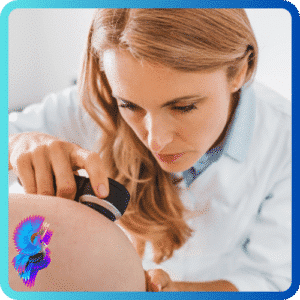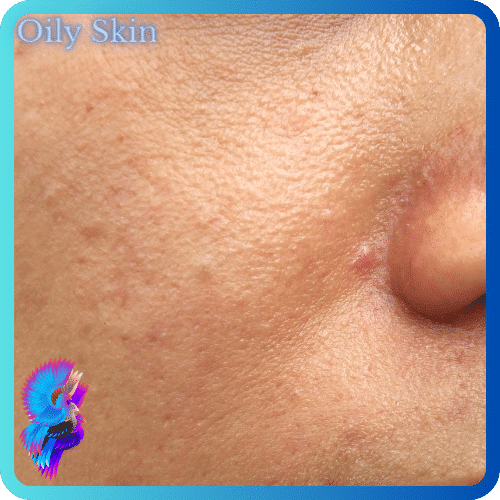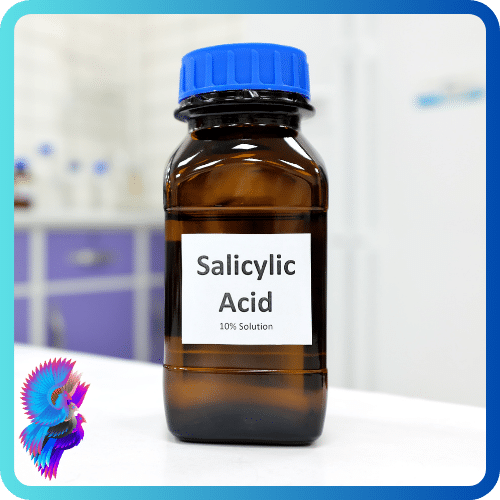Advertisements
Do you know what your skin type is?
It’s important to understand your skin’s needs and characteristics so that you can choose the best products and treatments for your complexion.
In this article, we will explain the five main skin types and how to identify yours.
The five main skin types are:
-
-
 Normal:
Normal: -
-
Normal skin does not produce too much oil or lose too much moisture. It has a smooth texture, a uniform tone, and no visible pores or blemishes.
-
-
-
This is the ideal skin type, as it is well-balanced and healthy.
-
-
-
 Oily:
Oily: -
-
Oily skin tends to be shiny and greasy and may have enlarged pores and acne.
-
-
-
Oily skin can be caused by genetics, hormones, stress, or environmental factors.
-
-
-
This skin type produces excess oil, especially in the T-zone (forehead, nose, and chin).
-
-
-
 Dry:
Dry: -
-
Dry skin can feel tight, rough, or flaky, and may have fine lines and wrinkles.
-
-
-
Dry skin can be caused by aging, weather, harsh products, or medical conditions.
-
-
-
This skin type lacks moisture and natural oils.
-
-
-
 Combination:
Combination:-
-
Combination skin can be tricky to care for, as it needs different products for different zones.
-
-
-
Combination skin can change depending on the season or other factors.
-
-
-
This skin type has both oily and dry areas. Usually, the T-zone is oily and the cheeks are dry.
-
-
-
 Sensitive:
Sensitive: -
-
Sensitive skin can be red, inflamed, itchy, or prone to rashes.
-
-
-
Sensitive skin can also be dry, oily, or a combination.
-
-
-
Sensitive skin needs gentle products that do not contain harsh chemicals or fragrances.
-
-
-
This skin type is easily irritated by products, allergens, or environmental factors.
-
How to identify your skin type:
There are two simple ways to determine your skin type,
-
-
 The tissue test:
The tissue test: -
-
If the tissue has oil on it, you have oily skin.
-
-
-
If the tissue is clean and your skin feels tight or flaky, you have dry skin.
-
-
-
If the tissue has oil only on some parts of it and your skin feels normal elsewhere, you have combination skin.
-
-
-
Wash your face with a mild cleanser and pat it dry, wait an hour, and then press a tissue on your T-zone.
-
-
-
 The dermatologist test:
The dermatologist test: -
-
A dermatologist can also diagnose any skin conditions or problems that you may have.
-
-
-
The best way to know your skin type for sure is to see a dermatologist who can examine your skin and recommend the best products and treatments for you.
-
Knowing your skin type is the first step to achieving a healthy and beautiful complexion.
Once you know your skin type, you can tailor your skincare routine accordingly and enjoy the benefits of having clear and radiant skin.
Advertisements



























